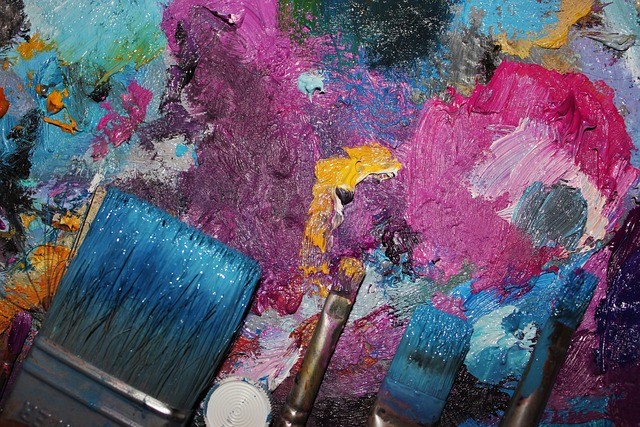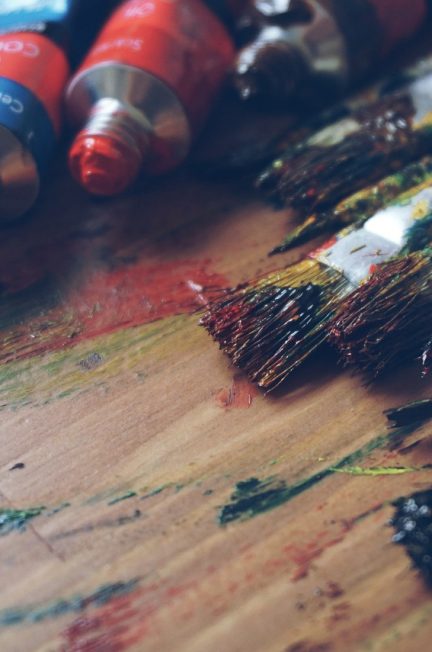Oil paint can take a long time to dry. There are a few different factors that can affect how long it takes to dry. These include your temperatures, how you thin the paint and how heavy your brush strokes are.
Heavy brush strokes
Heavy brush strokes in oil paint are a good way to add some movement to your painting. They can be used to create a soft diffused effect, or they can be used to create luminous skin tones.
A brush stroke is a series of movements that take place over a short period of time. Each part of the stroke contributes to the finished appearance of the paint.
This is a complicated process that emerges in layers of color and overlaps. The quality of the stroke is a measure of how the paint has been applied and how the mixture has been mixed.
There are various types of brushes available, and the quality of the stroke can vary from one brush to the next. However, there are two attributes that are important for every brush.
One of the most important aspects of any brush is its wetness. Different brushes have different capacities for releasing and holding water. Wetness is a big factor in paint diffusion, and it also affects the particle size of pigments.
Temperatures
When it comes to oil paint drying, temperature and humidity play an important role. Different oils have different drying characteristics and the drying time is impacted by the amount of pigment, thickness of the layers, and the quality of the paint.

For the best results, paint should be dried in a warm, dry environment. This allows the oxidation process to occur, which speeds up the drying process. The ideal drying temperature is 70 degrees Fahrenheit.
Temperatures that are too high can cause the surface to peel and blister. Alternatively, a low temperature can make the paint sticky. It can also cause the surface to lift and discolor.
One way to speed up the drying process is by applying thinners. You should apply the thinnest layer first and then wait at least a few hours before putting the next layer on. Using thinners will bind the layers together better and help the paint to dry faster.
Another tip to speed up the process is to use a heater. Heaters work by increasing the temperature in the air, which will result in less moisture.
Using solvents to thin the paint
There are many types of solvents that you can use to thin oil paint. These solvents help you make thinner paint that dries quickly.
Turpentine is one of the most commonly used solvents. It has a strong pine scent. This is because it contains aromatic hydrocarbons. When you mix turpentine with varnishes, it will remove the varnish and help you thin the paint. But, you should be careful when using this type of thinner. Using too much can cause problems with your painting.
Mineral spirits are also organic solvents. They have a low odor and are good for indoor use. However, they are very expensive. So, you may want to look for a cheaper option.
You can thin paint by dipping a brush into the solvent and then sprinkling it on the canvas. This will thin the paint to the desired level. Depending on how you’re using the thinner, you can make it a soupy consistency or a smooth one.
Framing the painting
Oil paints are thicker and take longer to dry. If you’re looking to frame an oil painting, you’ll want to wait until it’s completely dry. Framing an oil painting before it’s fully cured can cause distortion.

For the most part, framing an oil painting involves hanging the painting in a frame. You’ll want to choose a frame that’s suitable for your painting and its size. Make sure to measure the painting first to ensure it fits perfectly in the frame.
Frames can be found in stores and online. It’s recommended to choose a frame that emphasizes the style of your painting. Some styles require a bold color scheme and deep textures. Antique frames tend to highlight the artistic quality of the composition.
Before you hang your oil painting, it’s best to allow it to dry for at least a few months. This will help prevent any moisture from damaging the paint. Avoid placing your painting near windows, doors, or air conditioning units.
Image by Free Photos from Pixabay
